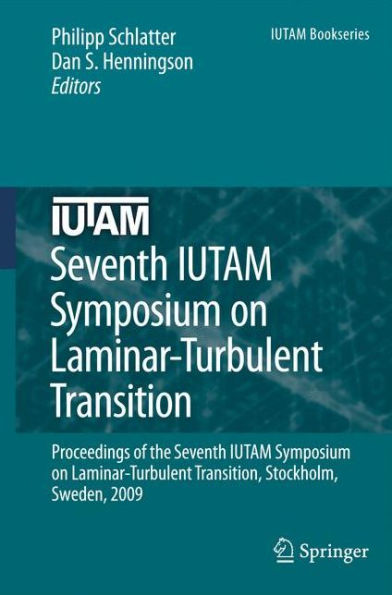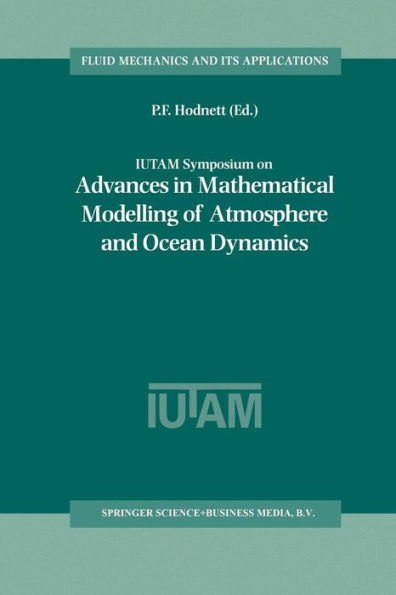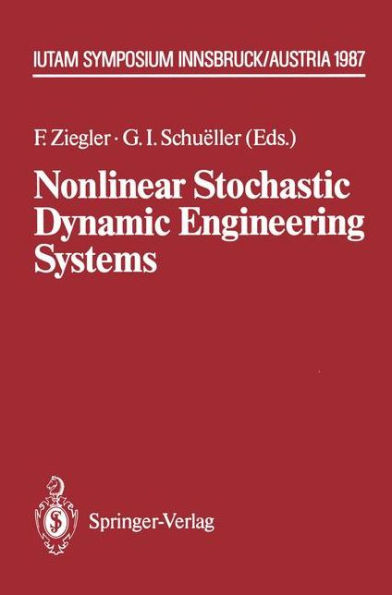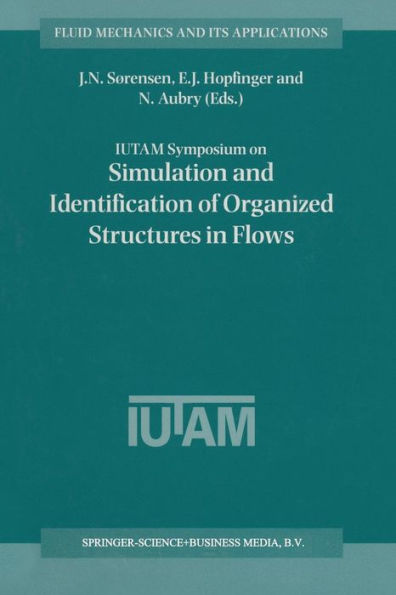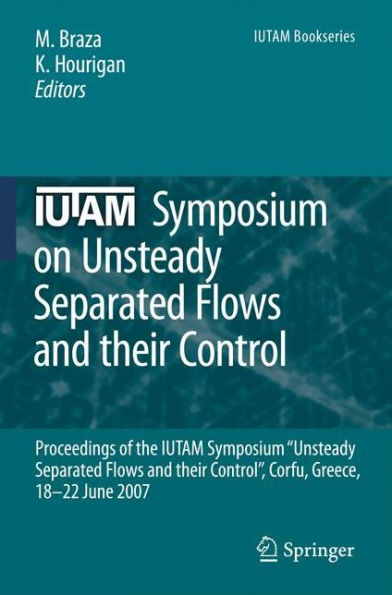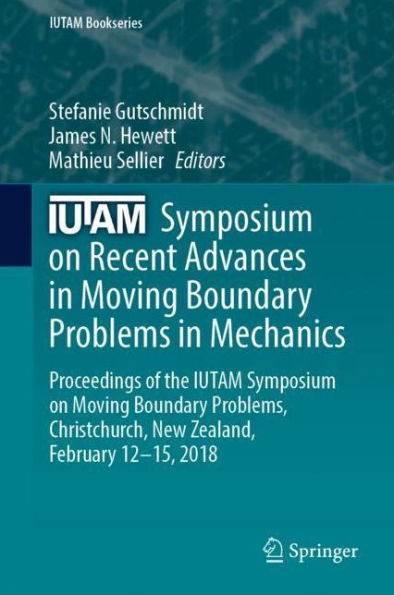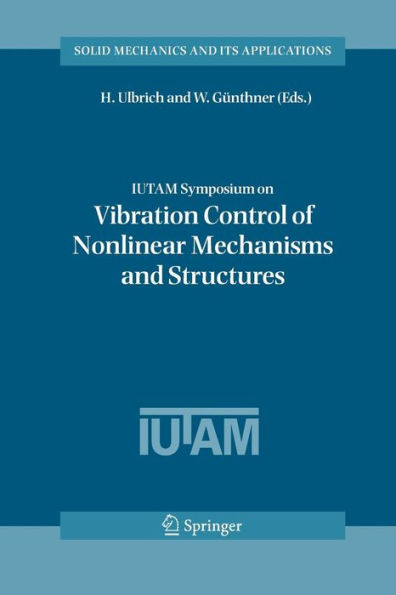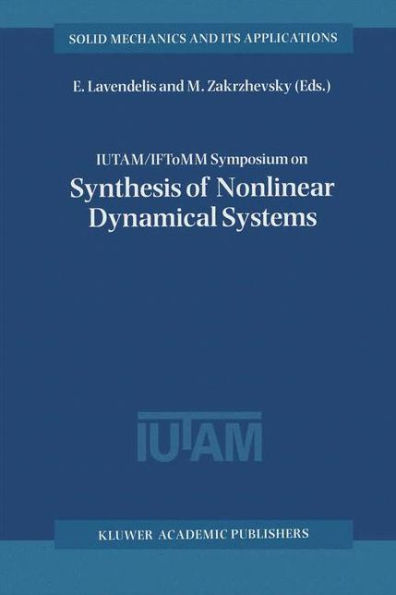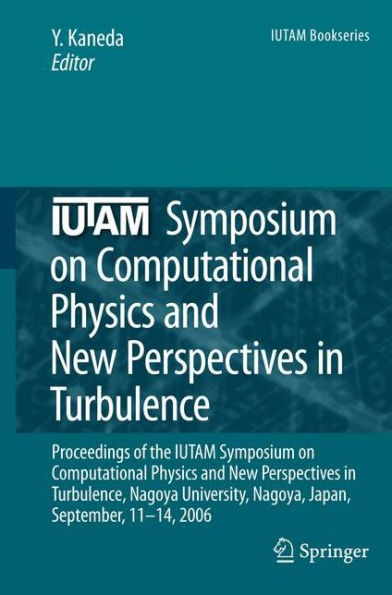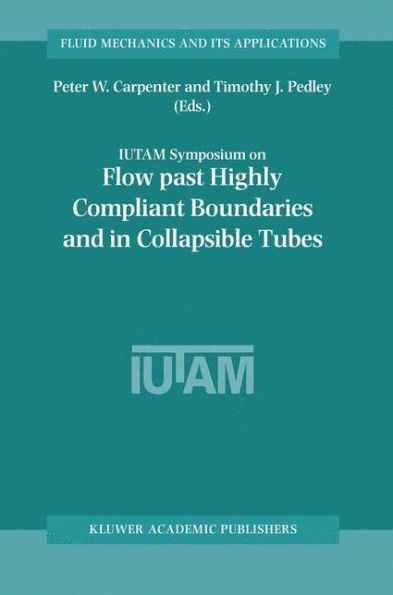Home
IUTAM Symposium on Nonlinear Instability and Transition in Three-Dimensional Boundary Layers: Proceedings of the IUTAM Symposium held in Manchester, U.K., 17-20 July 1995



IUTAM Symposium on Nonlinear Instability and Transition in Three-Dimensional Boundary Layers: Proceedings of the IUTAM Symposium held in Manchester, U.K., 17-20 July 1995
Current price: $219.99
Loading Inventory...
Size: OS
Most fluid flows of practical importance are fully three-dimensional, so the non-linear instability properties of three-dimensional flows are of particular interest. In some cases the three-dimensionality may have been caused by a finite amplitude disturbance whilst, more usually, the unperturbed state is three-dimensional. Practical applications where transition is thought to be associated with non-linearity in a three- dimensional flow arise, for example, in aerodynamics (swept wings, engine nacelles, etc.), turbines and aortic blood flow. Here inviscid ‘cross-flow' disturbances as well as Tollmien-Schlichting and Görtler vortices can all occur simultaneously and their mutual non-linear behaviour must be understood if transition is to be predicted. The non-linear interactions are so complex that usually fully numerical or combined asymptotic/numerical methods must be used. Moreover, in view of the complexity of the instability processes, there is also a growing need for detailed and accurate experimental information. Carefully conducted tests allow us to identify those elements of a particular problem which are dominant. This assists in both the formulation of a relevant theoretical problem and the subsequent physical validation of predictions. It should be noted that the demands made upon the skills of the experimentalist are high and that the tests can be extremely sophisticated - often making use of the latest developments in flow diagnostic techniques, automated high speed data gathering, data analysis, fast processing and presentation.
